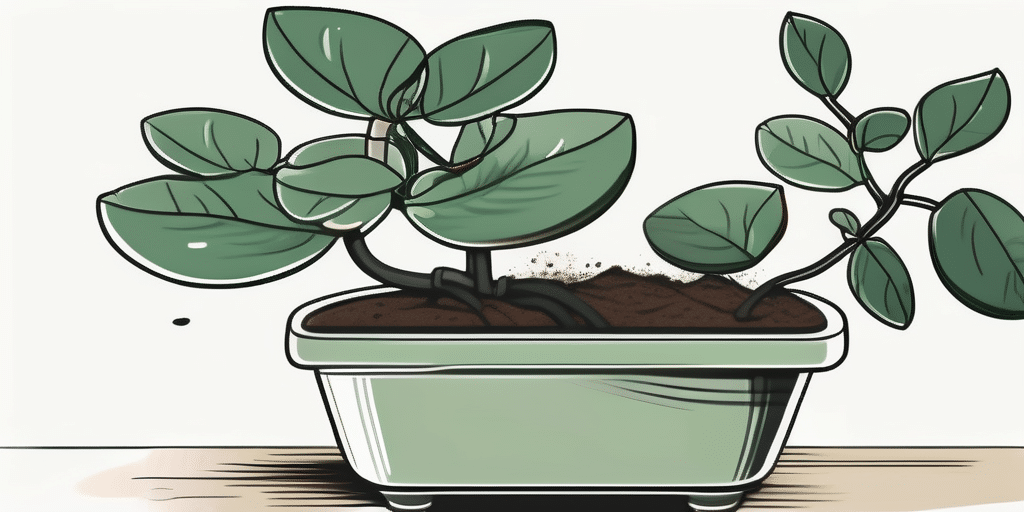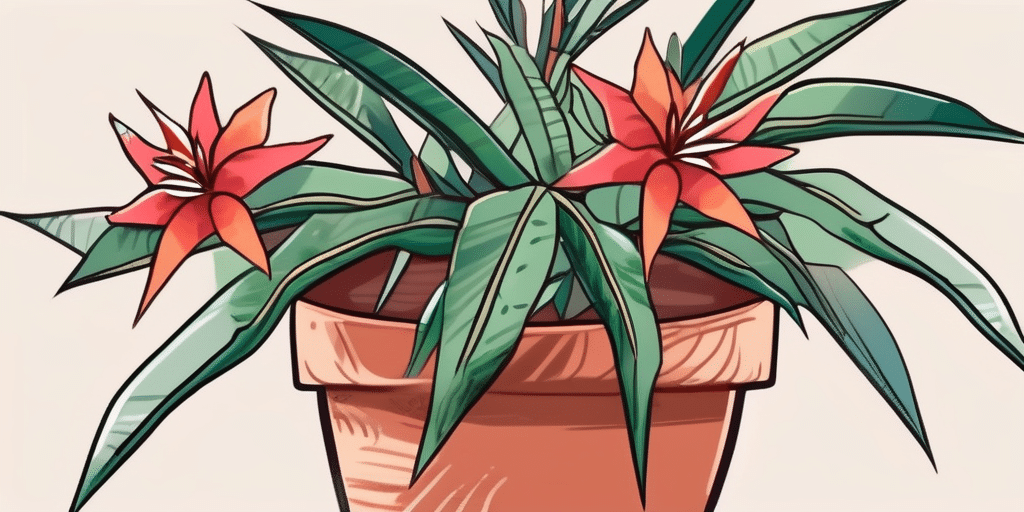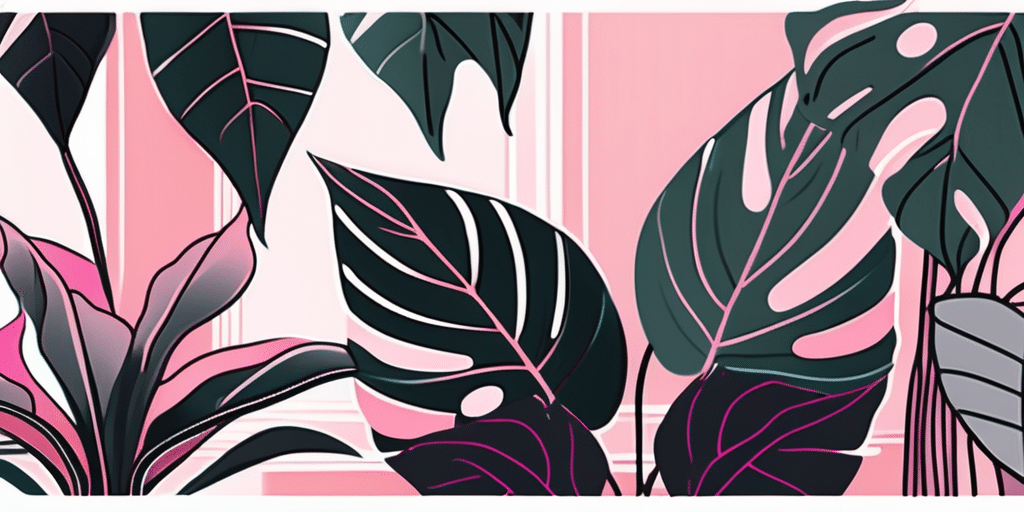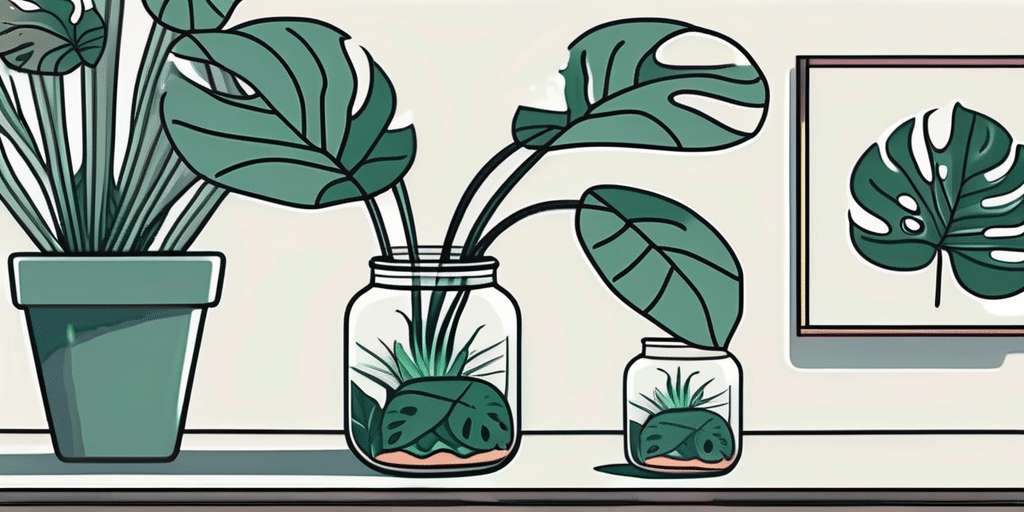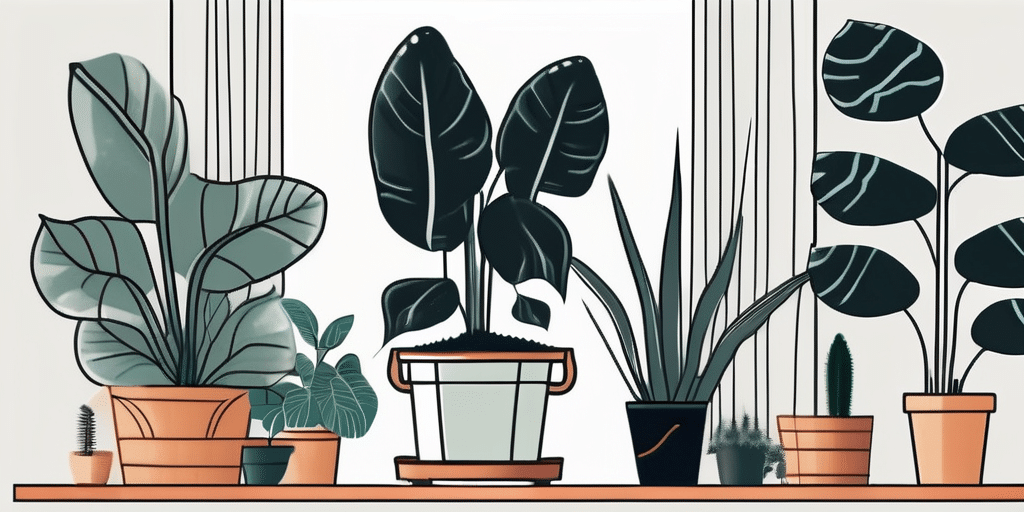Dipladenia, also known as Mandevilla, is a beautiful flowering plant that is native to South America. With its vibrant colors and lush foliage, it adds a touch of tropical elegance to any garden or indoor space. If you’re a plant enthusiast or someone looking to add a splash of color to your surroundings, this guide will provide you with everything you need to know about caring for Dipladenia.
Understanding Dipladenia: An Overview
Dipladenia is a genus of flowering plants in the family Apocynaceae. It is closely related to another popular ornamental plant, the Allamanda. Dipladenia plants are commonly known for their stunning trumpet-shaped flowers, which come in a range of colors including red, pink, white, and yellow. These flowers attract pollinators like bees and butterflies, making them an excellent choice for gardens that promote biodiversity. But before we dive into the care tips, let’s take a closer look at what Dipladenia is and its origin.
What is Dipladenia?
Dipladenia is a woody vine that can grow up to 6 feet tall. It has glossy, dark green leaves that are lance-shaped and arranged in pairs along the stems. The flowers, the main attraction of Dipladenia, bloom from spring to fall and can last several days.
One interesting fact about Dipladenia is that it belongs to the same family as the popular indoor plant, the Madagascar periwinkle (Catharanthus roseus). Both plants contain alkaloids that have been used in traditional medicine for various purposes, including treating high blood pressure and certain types of cancer.
The Origin and History of Dipladenia
Dipladenia is native to the tropical regions of Central and South America. It was first discovered in Brazil by French botanist Jean-Baptiste Bory de Saint-Vincent in the early 19th century. The plant was named Dipladenia in honor of French explorer Marc P. E. de Saint-Hilaire, who was known for his work on Brazilian flora during the same period. Since then, Dipladenia has gained popularity worldwide for its beauty and easy care.
Interestingly, Dipladenia has been cultivated for centuries by indigenous tribes in the Amazon rainforest for its medicinal properties. The plant’s sap was traditionally used to treat skin conditions and insect bites. Today, Dipladenia is not only valued for its ornamental beauty but also for its potential therapeutic benefits, sparking further research into its medicinal properties.
The Basics of Dipladenia Care
Now that we have a good understanding of what Dipladenia is, let’s explore the essential aspects of its care requirements.
Ideal Climate and Environment for Dipladenia
Dipladenia, also known as Mandevilla, is a beautiful flowering plant that thrives in warm, tropical climates. It prefers temperatures between 65°F and 80°F (18°C-27°C) and high humidity levels. This plant originates from South and Central America, where it grows abundantly in lush, humid forests. However, despite its tropical origins, Dipladenia is surprisingly adaptable and can thrive in a variety of conditions, making it suitable for growing both indoors and outdoors.
For those living in colder regions, Dipladenia can be grown as a houseplant or in containers that can be brought indoors during the winter months. This flexibility allows plant enthusiasts from all climates to enjoy the beauty of Dipladenia in their homes or gardens.
Watering Needs of Dipladenia
Proper watering is crucial for the health and well-being of Dipladenia. This plant prefers slightly moist but well-draining soil to prevent waterlogged conditions that can lead to root rot. To maintain the optimal moisture level, allow the top inch of soil to dry out before watering again. In the hot summer months, Dipladenia may require more frequent watering to combat evaporation, while during cooler seasons, less frequent watering is needed to prevent overhydration. As with any plant, it’s essential to monitor the moisture levels of the soil regularly and adjust the watering schedule accordingly.
Light Requirements for Dipladenia
Dipladenia thrives in bright, indirect sunlight, mimicking its natural habitat under the canopy of tropical trees. It is recommended to place Dipladenia in areas with at least six hours of sunlight per day to promote healthy growth and abundant flowering. To prevent the plant from getting scorched, it is best to position it in a location with morning sun and afternoon shade. For those growing Dipladenia indoors, choosing a sunny window or providing supplemental grow lights can help ensure the plant receives the adequate light it needs to flourish.
Advanced Dipladenia Care
Once you have mastered the basics of Dipladenia care, you may want to explore more advanced techniques to enhance its growth and appearance.
Pruning and Training Dipladenia
Regular pruning helps maintain the shape and size of Dipladenia. Prune any dead or damaged stems and trim back overgrown branches to encourage bushier growth. You can also train Dipladenia to climb or trail along trellises or support structures. Pruning and training should ideally be done in early spring before the plant enters its active growth phase.
Dealing with Pests and Diseases
Like any plant, Dipladenia is susceptible to pests and diseases. Keep an eye out for common pests such as aphids, mealybugs, and spider mites. Regularly inspect the leaves and stems for any signs of infestation, and take appropriate action by using organic insecticides or introducing natural predators like ladybugs. In terms of diseases, Dipladenia can be prone to fungal infections, especially in humid conditions. To prevent diseases, ensure good airflow around the plant and avoid overwatering.
Fertilizing Dipladenia for Optimal Growth
To promote healthy growth and abundant flowering, it’s important to fertilize Dipladenia regularly. Use a balanced, water-soluble fertilizer with a ratio of 10-10-10 or a specially formulated bloom booster fertilizer. Start fertilizing in the spring and continue every 4-6 weeks throughout the growing season. Be sure to follow the package instructions for the correct dosage and application method.
Propagating Dipladenia
If you’re interested in expanding your collection of Dipladenia or want to share its beauty with others, propagation is a cost-effective and rewarding method.
Propagation Through Cuttings
One of the most common ways to propagate Dipladenia is through stem cuttings. Here’s a step-by-step guide to get you started:
- Select a healthy stem from the parent plant that is around 4-6 inches long. Make sure it has a few sets of leaves.
- Using a clean, sharp knife or shears, cut the stem just below a node, which is the point where a leaf emerges from the stem.
- Remove the leaves from the lower half of the cutting, leaving only a few at the top.
- Dip the cut end of the stem in rooting hormone powder to encourage root development.
- Insert the cutting into a small pot filled with a well-draining potting mix.
- Water the cutting gently, and place it in a warm, bright location away from direct sunlight.
- Mist the cutting regularly to maintain high humidity levels.
- After a few weeks, roots should start to develop. You can gently tug on the cutting to check for resistance, indicating successful rooting.
- Once the roots are established, you can transplant the new Dipladenia plant into a larger pot or directly into the garden.
- Continue to care for the new plant following the guidelines outlined in this article.
Propagation Through Seeds
While Dipladenia can be propagated through seeds, it is a longer and more challenging process compared to cuttings. However, if you want to give it a try, here’s what you need to do:
- Collect mature Dipladenia seeds from the parent plant. These seeds are usually found inside the seed pods that form after the flowers fade.
- Clean the seeds by removing any fleshy material or debris.
- Fill a seed tray or small pots with a well-draining seed-starting mix.
- Sow the seeds on the soil surface, spacing them a few inches apart.
- Lightly press the seeds into the soil, but do not cover them completely as they need light to germinate.
- Water the soil gently to ensure it is evenly moist.
- Place the seed tray or pots in a warm location with indirect light.
- Keep the soil consistently moist by misting or using a plastic cover to create a mini-greenhouse effect.
- Germination may take several weeks, so be patient and continue to provide a suitable growing environment.
- Once the seedlings have developed several sets of leaves, you can transplant them into individual pots.
- Continue to care for the young plants as outlined in this article.
Troubleshooting Common Dipladenia Problems
Despite your best efforts, Dipladenia may occasionally encounter some issues. Here are a couple of common problems and how to address them.
Yellowing Leaves and Other Common Issues
Yellowing leaves can be a sign of overwatering or nutrient deficiencies. To remedy the problem, adjust your watering schedule accordingly and consider fertilizing more frequently. If the yellowing persists, it may be worth testing the pH of the soil to ensure it is within the suitable range for Dipladenia.
Reviving a Wilted Dipladenia
If your Dipladenia becomes wilted, it may be a sign of underwatering or root damage. Check the soil moisture level and ensure it is adequately hydrated. If the roots have been damaged, you may need to repot the plant in fresh soil and provide extra care until it recovers.
Now that you have a comprehensive understanding of Dipladenia care, you can confidently cultivate and enjoy this stunning plant. Whether you’re a beginner or an experienced gardener, Dipladenia’s vibrant blooms and lush foliage make it a worthwhile addition to any plant collection. So go ahead, bring home a Dipladenia and witness its beauty thrive under your care!
Join Our Green-Thumbed Community!
Ready to transform your space into the Garden of Your Dreams? Subscribe for free to How to Grow Everything and gain access to personalized gardening advice tailored to your location, grow zone, and experience level. Enjoy the best gardening tips, special offers, and insightful articles—all delivered directly to your inbox. No spam, just pure gardening gold. It’s 100% free, from our family to yours. Let’s grow together!
